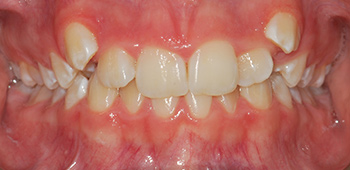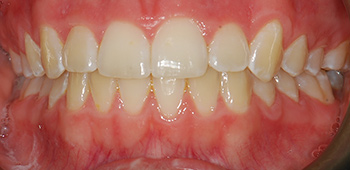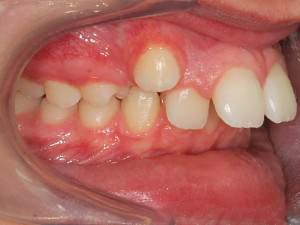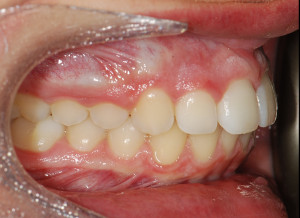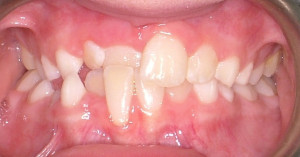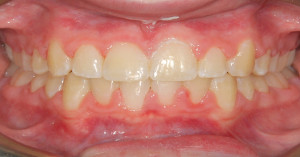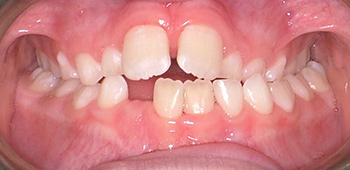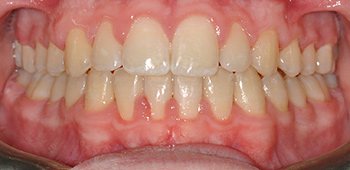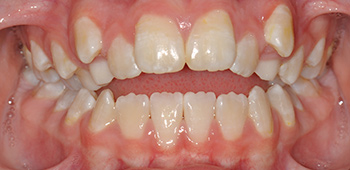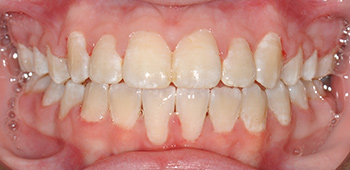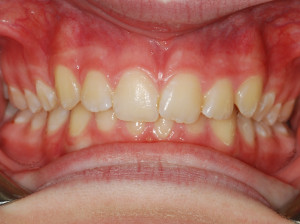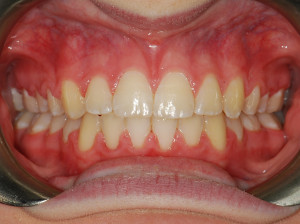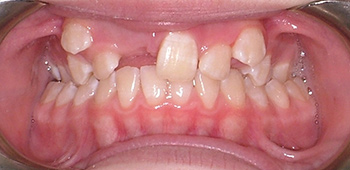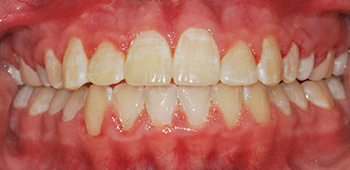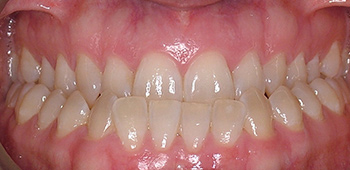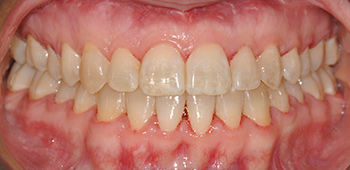The Orthodontists at Smile Design Orthodontics have the post-graduate qualification to be registered as specialist Orthodontists and, more importantly, provide specialist level orthodontic treatment. At Smile Design Orthodontics you will be treated by the Orthodontist of your choice at every appointment, ensuring optimum treatment results, in comfort and shortest possible treatment time. You need not settle for anything less.
Valuable members of our clinical team include Hygienists and Dental Assistants who both play an important role in ensuring your orthodontic treatment is comprehensively managed in comfort. Our Hygienists have the university qualification (degree) necessary for registration and to provide specific services under the supervision of your Orthodontist. Our Dental Assistants also have specific duties which can include taking x-rays and Cone Beam CT scans following completion of further qualification.
Our team at Smile Design Orthodontics appreciate the tight time constraints often imposed on our patients and parents by busy lifestyles. Our friendly and experienced reception staff and treatment co-ordinators will assist you with scheduling appointments and any general enquiries.
Come in and meet our team. We know you’ll enjoy your experience with us at Smile Design Orthodontics to achieve a treatment result beyond your expectations, a beautiful smile and a valuable relationship you’ll be proud to recommend to your friends and family.









